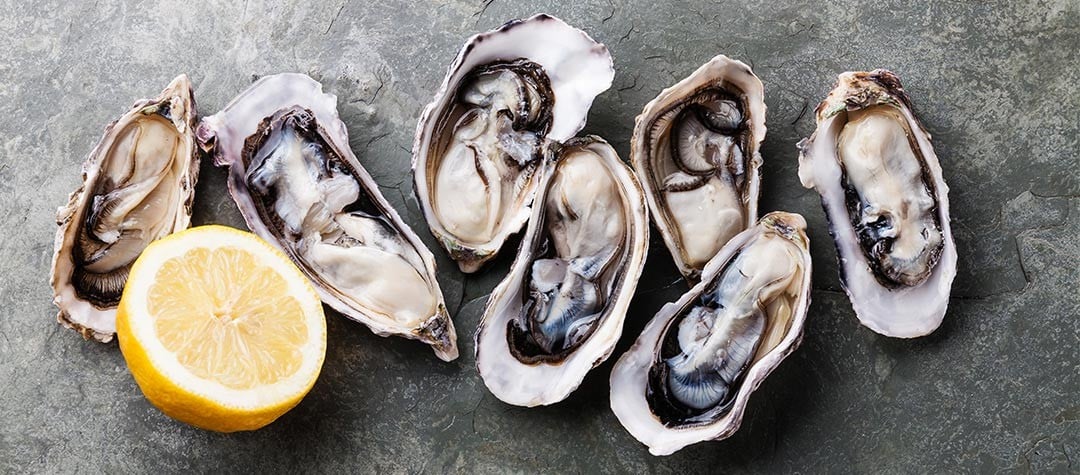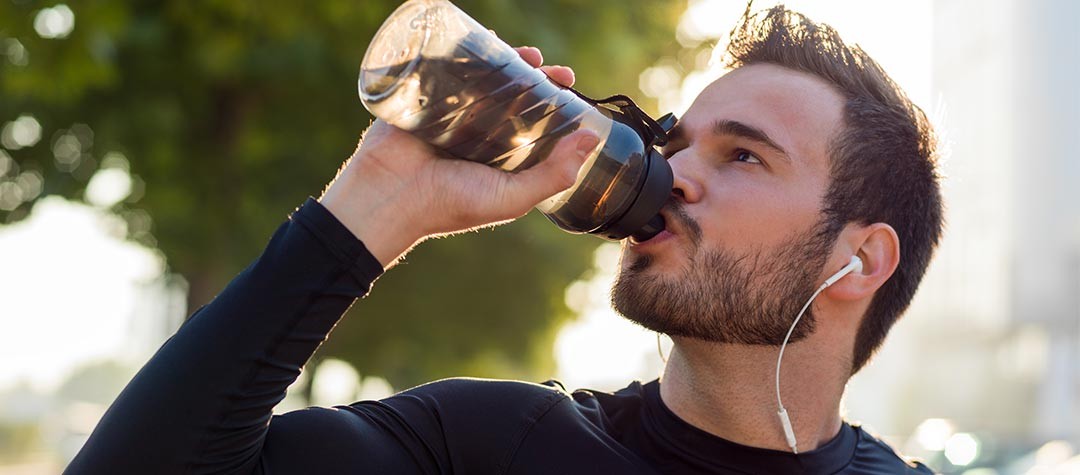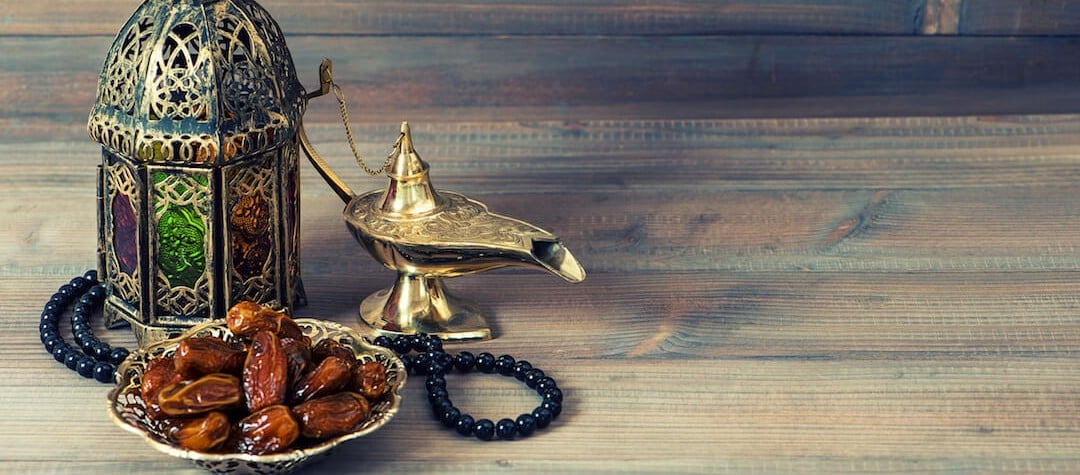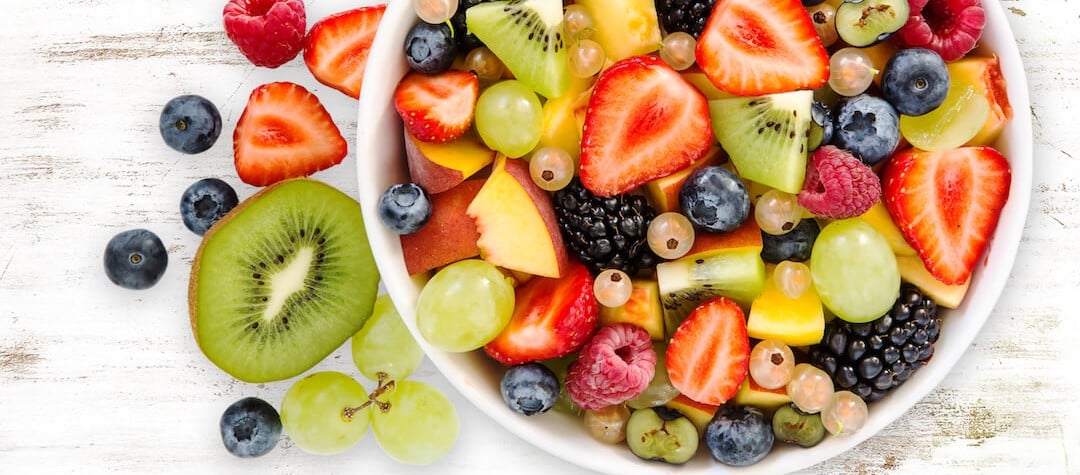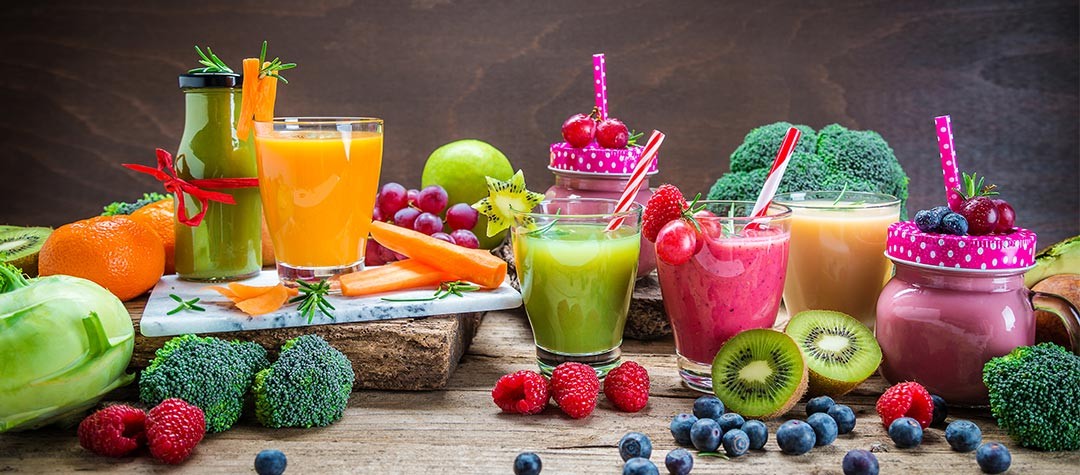It seems like every week there’s a story in the media about certain foods being bad for your health. Usually it’s left at that, but sometimes the weight of scientific evidence is so strong that a food product can actually be removed from sale and banned due the ingredients. Here are six that have already fallen foul of the authorities around the world.
1. Absinthe
Think of Absinthe and the image that probably springs to mind is one of an emotional artist or writer driven half out of their mind by the powerful drink as they struggle for their art. After all, the drink was made most famous by its popularity in the 19th century.
A link was eventually made between one of its ingredients, called thujone, with seizures and hallucinations. Consequently it joined the list of banned food additives and led to the withdrawal of the drink in countries including Switzerland, USA and France in the early 20th Century. Distillers have managed to reformulate the drink so it is now available again both in the UK and USA as well as throughout Europe.
2. Japanese Puffer Fish
Many people in the West may have heard of the legendary fugu, or puffer fish, but no-one in the European Union will have tasted it while on native soil. This is because there is a complete ban on its import or consumption. However, it’s a very different story in Japan and the Far East where it is a highly prized, and very expensive, delicacy.
The problem comes from one of the most toxic banned chemicals in food, tetrodotoxin. This is found in the fish’s liver and digestive system and is said to be 100 times more powerful than cyanide. Only highly experienced chefs are allowed to prepare the fish.
3. Haggis
For many years, an argument has been raging between the Scottish Department of Rural Affairs and the US Department of Agriculture over whether Scotland’s most famous dish should be allowed to cross the Atlantic.
The original haggis ban came into force in 1971, due to it containing sheep’s lung. And even today, Americans are still denied the right to enjoy haggis as part of the annual Burns Night celebrations held in February each year. However, they are allowed to eat the American version of the dish which contains beef instead of lamb.
4. Unpasteurised milk
Milk might seem like an unlikely food to face restrictions. After all, it contains no banned food colouring or anything else which may cause alarm. But, in its natural state, milk is not permitted in many places - including many US states, Canada, Australia and Scotland – due to it containing bacteria which could be harmful.
5. Stevia
In the 90s, some studies suggested that stevia caused cancer and, as a result, it was banned in both the United States and the EU. However lack of firm evidence to support the claims of its harmful effects means that both have subsequently lifted their ban.
6. Tomato ketchup
Finally, a product that is banned not on health grounds or even that it contains any banned food additives, but just on a matter of taste. You will never find tomato ketchup in any French primary school. That’s because in 2011 the French government decreed that using it would mask the flavour of whatever the children were eating.










